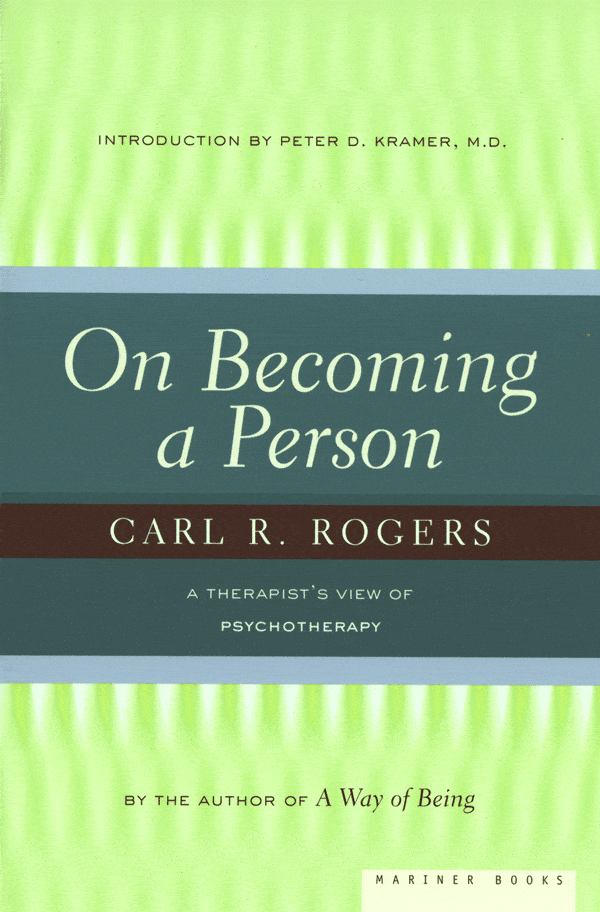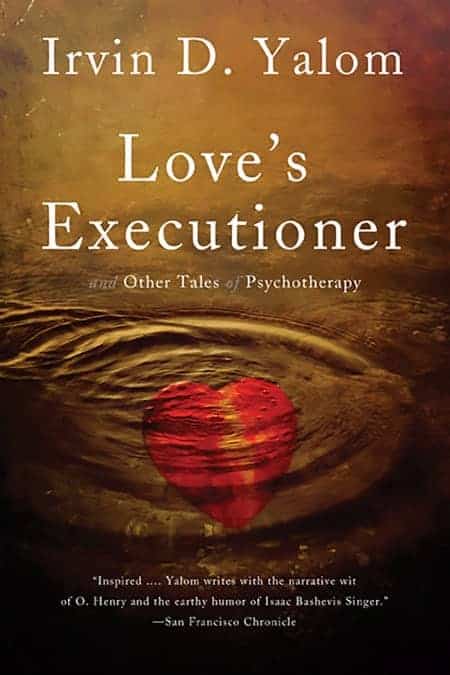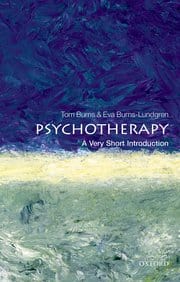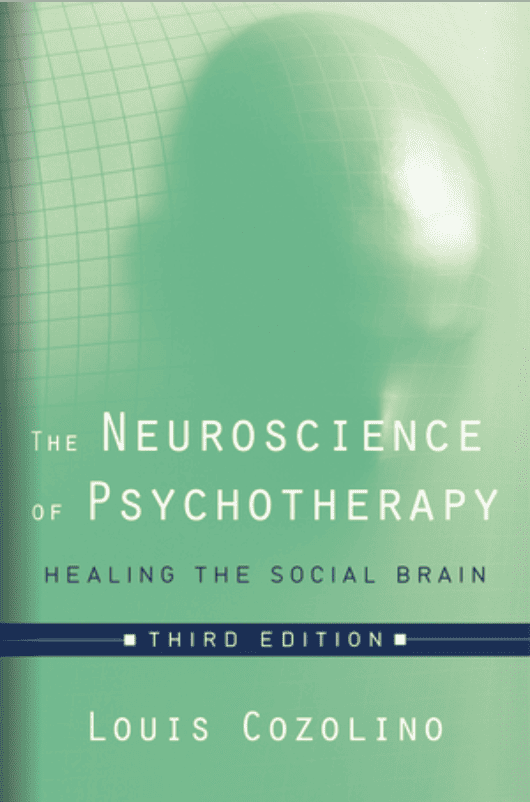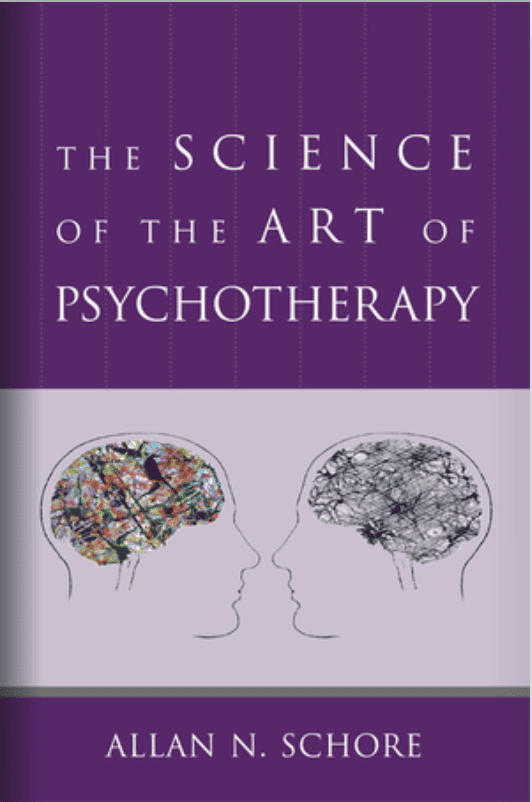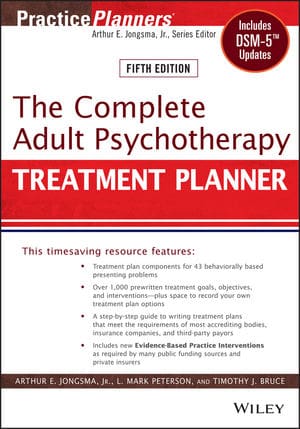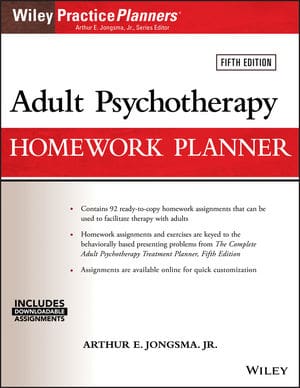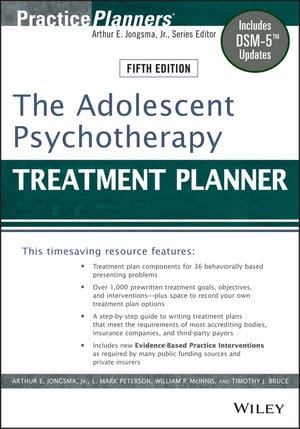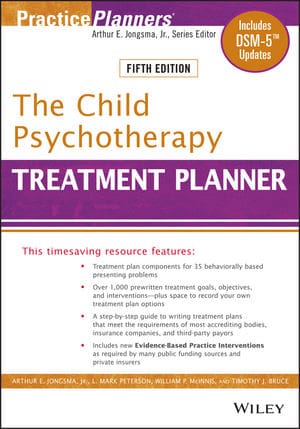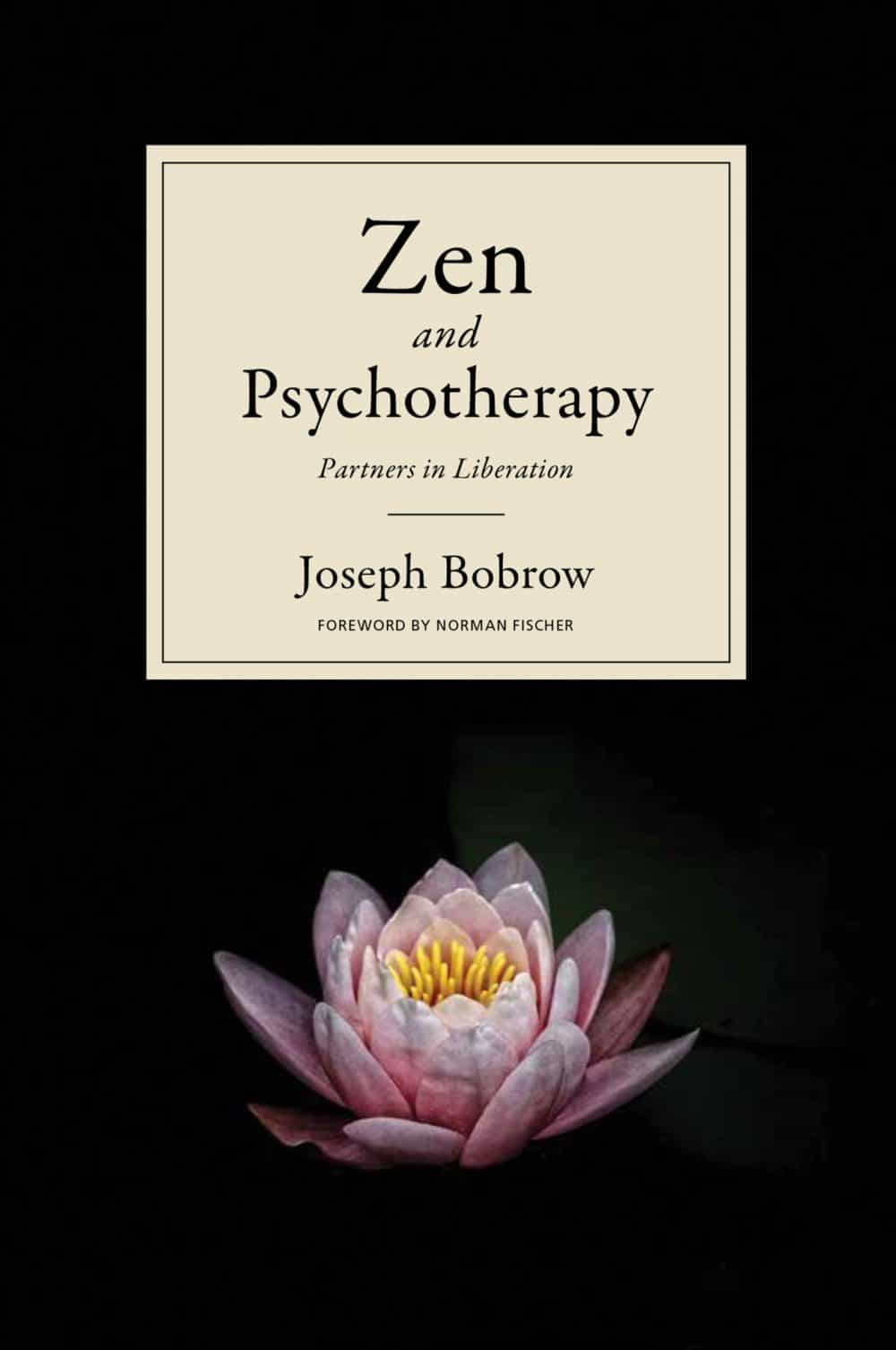Therapy
Psychotherapy: Introduction, Types, Benefits, Effectiveness
THC Editorial Team December 11, 2020

Contents
- Overview
- What Is Psychotherapy?
- Types of Psychotherapy
- Potential Benefits of Psychotherapy
- Effectiveness of Psychotherapy
- Getting Started With Psychotherapy
- Critical Success Factors of Psychotherapy
- Future of Psychotherapy
What Is Psychotherapy?
Psychotherapy is a wide-ranging term encompassing numerous healing and treatment practices that aim to help people identify and reduce the impact of challenging emotions, thoughts, and behaviors.1 Psychotherapy is widely recognized as a legitimate and beneficial healing practice.2 Although exploring certain feelings and experiences can feel uncomfortable and sometimes painful, it is typically a low risk endeavor when working with a skilled and licensed therapist.3 The term “psychotherapy” is often used interchangeably with “therapy,” “talk therapy,” or “counseling.”
Psychotherapy’s effectiveness has been proven for a range of conditions, including4
- anxiety;
- depression;
- personality conditions and disorders;
- mood conditions and disorders;
- psychotic disorders, including bipolar disorder and schizophrenia; and
- addictions and eating disorders.
Psychotherapy can also positively impact more mentally healthy individuals who may be seeking growth in various aspects of life, including mental resilience, stress management, emotional balance, improved relationships, and many others.5
Types of Psychotherapy
There are numerous forms of therapy; some studies have indicated over 1,000.6 These different types of therapy utilize various approaches, follow specific theories, and have varying levels of scientific evidence demonstrating their effectiveness.7
A leading researcher in psychotherapy, Bruce Wampold, characterizes the different forms of psychotherapy, which have primarily emerged over the last century, as waves:2
- Wave I: psychoanalytic and psychodynamic theories of therapy
- Wave II: learning theory-based therapies, including cognitive, behavioral, and cognitive behavioral therapies
- Wave III: humanistic therapies, including experiential, person-centered, gestalt, existential, and mindfulness-based therapies
- Wave IV: feminist and multicultural theories
- Wave V: postmodern and constructivist theories, such as narrative and solution-focused therapies
There is considerable overlap between therapeutic approaches and types. A therapist’s selected approach is based on the condition they are treating; their training, experience, and expertise; client-specific factors; and the therapist-client relationship.
Some of the main approaches to psychotherapy are described below.
Psychoanalytic and Psychodynamic Therapies
Psychodynamic psychotherapy, also known as contemporary psychoanalytic therapy, began with Freud’s theory of the unconscious, repression, and free association. The theories underlying psychoanalytic therapies presuppose that mental conflict originates from powerful unconscious forces that are unexpressed or stuck and require constant monitoring and suppression for the individual to keep them from awareness.8 These therapies involve working with a skilled therapist to examine thoughts, feelings, and emotions.
A strong therapist can help identify unconscious patterns that result in challenging behavior or feelings and explore how they may have been caused or influenced by a client’s past. By bringing these unconscious inner workings to consciousness, the client can start to overcome the unhelpful behaviors and feelings that these internal forces caused.9
Creative art therapies, including art therapy, music therapy, writing therapy, dance therapy, and play therapy, typically follow the psychodynamic approach. These methods, especially play and art therapy, are often utilized with young children.10
Psychodynamic therapy is primarily used for treating anxiety disorders, depression, and borderline personality disorder.9
Learning Theory–Based Therapies
Another general class of psychotherapy is based on learning theories, which are principles aimed at understanding how individuals learn. The primary learning theory-based therapies are behavior therapy, cognitive therapy, and cognitive behavioral therapy (CBT).
Behavior Therapy.
Behavior therapy focuses on the development and modification of typical and maladaptive (problematic) behaviors. Primary behavioral therapies include systematic desensitization, prolonged exposure therapy (also called flooding), behavioral reversal, panic control treatment, and behavioral activation.
Cognitive Therapy.
Cognitive therapy is based on the belief that people react to their interpretation of their experiences, which may not always align with reality. Emotional disturbances are considered to emerge from unhealthy and/or unrealistic interpretations of these experiences. Cognitive therapy aims to bring conscious awareness to these challenging cognitive processes and modify or eliminate the challenging belief systems.11
Cognitive therapy makes use of questioning in an approach known as the Socratic dialogue, or guided discovery.11 This process is intended to clarify the problem; assist the client in understanding their thoughts, images, and assumptions; explore the client’s interpretations, or meanings, of events; and assess the consequences of maintaining potentially dysfunctional interpretations.
Behavioral and cognitive approaches are often integrated into cognitive behavioral therapy, described below.
Cognitive Behavioral Therapy.
This type of therapy involves a combination of cognitive and behavioral approaches designed to identify and challenge distorted thoughts, behaviors, and emotions that contribute to distress. Since its beginning, CBT has been rooted in scientific research and, as such, is often a preferred psychotherapy approach given its proven effectiveness. It is also a short-term (often 6–20 sessions), goal-oriented therapy, typically aimed at a specific problem and often covered by health insurance providers. CBT has demonstrated effectiveness for several conditions, including depression, anxiety disorders, alcohol and drug problems, relationship difficulties, eating disorders, pain, fatigue, and some forms of severe mental illness.13
Experiential, Mindfulness-Based, and Humanistic Therapies
Experiential Therapy.
Experiential therapies emphasize the importance of promoting and using an individual’s understanding gained through experience (or knowing by experience) to facilitate internal change. “Experiential self-knowledge is seen as essential to the achievement of personal wholeness, integration, self-coherence, and the adaptiveness that supports personal choice and continued growth.”14 Types of experiential therapies include emotion-focused therapy, person-centered/client-centered therapy, gestalt therapy, and existential psychotherapy. Experiential therapies can be short-term (16–20 sessions) or considerably longer term. The duration is agreed upon by the therapist and client and often depends on their mutual goals and expectations of therapy.14
Experiential and some mindfulness-based and acceptance-based therapies (see below) have been labeled as “third wave” cognitive behavioral treatments, which identify emotion as central to both the problem and the path to healing and incorporate emotional work with strategies for addressing challenging behavior.5
Mindfulness- and Acceptance-Based Therapies.
These therapy practices involve openness to and acceptance of unpleasant thoughts, emotions, and experiences that are inevitable parts of life. Theories behind such practices suggest that accepting “unpleasant inner experiences with willingness, openness, curiosity, compassion, and a nonjudgmental stance”15 is a healthier approach than avoiding or suppressing these states—which can paradoxically increase their frequency and intensity. Essential mindfulness- and acceptance-based therapies include acceptance and commitment therapy (ACT), dialectical behavior therapy (DBT), and mindfulness-based cognitive therapy (MBCT). Mindfulness- and acceptance-based approaches have been used successfully to treat generalized anxiety disorder (GAD).15
Humanistic Therapies.
Influenced by humanistic philosophy, humanistic therapies encourage people to think about themselves in a more positive light and improve their self-awareness.10 The humanistic approach champions people’s ability to make rational choices and develop their optimal potential and capacity.16
Three primary types of humanistic therapy include client-centered therapy, gestalt therapy, and existential therapy. In client-centered therapy, therapists emphasize their concern, care, and interest to help clients change. Gestalt therapy promotes the importance of being aware of the present moment and accepting personal responsibility in one’s life. Existential therapy emphasizes “free will, self-determination, and the search for meaning.”16
Existential psychotherapy is based on existential philosophy. Types of existential therapy include logotherapy (also known as existential analysis) and existential-humanistic psychotherapies.17 In the view of existentialism, to be human is to experience a range of feelings, including painful ones, such as anxiety, guilt, regret, and despair. In trying to repress or suppress these emotions, people deny the reality of their existence and, as such, limit their ability to live full and fulfilling lives.17 Existential therapy aims to help clients live more authentically and thus experience more fulfillment.
Feminist Psychotherapy
Feminist therapy is based on the belief that gender roles, gender role status, attitudes toward women, social norms, and other social, cultural, and legal norms related to women can create disadvantages.2 Feminist therapy emphasizes empowerment and egalitarianism and aims to be affirming to its clients, who often have experienced discrimination, harassment, and other distressing issues related to gender, sexuality, and power.2
Postmodern/Poststructural Therapies
Margarita Tarragona, a positive psychologist, described the class of therapies often referred to as postmodern or poststructural in the following way:18
A new generation of therapies has been developing since the past quarter of the twentieth century. These therapies are variously called postmodern, narrative, discursive, conversational, poststructuralist, collaborative, and social-constructionist…. Discursive and conversational suggest that therapy is seen as a conversation and as a linguistic process. Narrative refers to a strong interest in the way people create meaning in their lives through stories or narrations of their experience. Social constructionist emphasizes that knowledge, meaning, and identity are constructed through interaction with others. Poststructuralist identifies therapists who don’t think of human difficulties as manifestations of deep or underlying structures. Collaborative describes the kind of relationship that these therapists hope to establish with their clients and the process of therapy as a joint endeavor.
Poststructural therapies aim to assist people to pay less attention to what certain social norms say life should be about, consider how the stories of their lives shape their lives, and develop preferred and more fulfilling stories of identity.19
Interpersonal Psychotherapy
Interpersonal psychotherapy (IPT) focuses on how unhealthy conditions can be triggered by relationship issues and challenges, such as death and loss, disputes, and relocation, among others.10 The interpersonal therapist helps a person identify and understand underlying interpersonal complications, including losses or changes in personal or professional roles, unresolved emotions such as anger or grief, conflicts with significant others, and general challenges with relating to others. IPT can help people learn healthier ways to experience and express their emotions and how they communicate and relate to others.20 IPT is commonly used to treat depression but can also be used to treat a variety of conditions.9
Family (Systemic) Therapy
Family therapy is any form of therapy that focuses on modifying or improving the functioning of a family as a unit and its internal systems or dynamics.6 Family systems theories primarily focus on the collective family process rather than the individual.6 Although most family therapy approaches follow systems theory, other theories and practices are applied as well.6 Types of family therapy include structural family therapy, Hayley’s problem-solving therapy, the Mental Research Institute model, Milan systemic therapy, solution-focused therapy, cognitive behavioral therapy, psychoeducational, Bowen, experiential, and narrative therapy.
Couples Therapy
Couples therapy, also known as marriage counseling, is a type of psychotherapy usually administered by licensed marriage and family therapists (LMFTs) and focuses on strengthening romantic relationships. Conflict in such relationships often arises when people communicate inefficiently or avoid talking about problems over time. It addresses issues such as intimacy, commitment, and attachment, among others. Couples therapy is similar to family therapy as the relationships share many features, including the importance of healthy communication, relating, problem solving, and attachment.6
Group Therapy
Group therapy utilizes a group setting and focuses on interpersonal (social), intrapersonal (psychological), or behavioral changes to improve clients’ emotional, psychological, or behavioral challenges.21 Benefits of group therapy include its resource efficiency—in that it can benefit several clients at once while reducing the cost of treatment—and its effectiveness in treating a wide variety of disorders and disabilities.21 Some of the therapeutic processes involved in group therapy are catharsis, cohesion (or positive bond between group members), universality (part of a similar group), insight, vicarious learning, interpersonal learning, self-disclosure, and modeling.21
Integrative Therapies
Many therapists combine aspects from different psychotherapeutic approaches and fine-tune their treatment according to each person’s individual needs.16 Integrative psychotherapies are described as “those models of psychotherapy in which the theories, principles, or techniques from two or more separate forms of treatment are combined in an organized and systematic way.”22
Integrative therapies are expanding for several reasons, including an ongoing increase in the number of types of psychotherapy, the unfounded clear superiority of any specific school of psychotherapy, common factors that can improve outcomes, and an overall greater interest in psychotherapy integration.22
Potential Benefits of Psychotherapy
One can derive numerous benefits through an effective healing and/or growth practice and, specifically, psychotherapy. Among the benefits of psychotherapy are an overall improvement in well-being; symptom reduction and relief from various distressful conditions; and personal, interpersonal, and spiritual growth. In their transtheoretical approach, leading behavioral researchers Prochaska and DiClemente identified 10 processes of change that operate across different types of psychotherapy, which can also be considered areas of healing and growth of a client. These include the following:23
- consciousness raising (insight or the expansion of awareness)
- self-liberation (freedom from internal criticism and inhibitions of thought and emotion)
- social liberation (greater assertiveness and expanded interpersonal choices)
- counterconditioning (exposure, extinction, and habituation)
- stimulus control
- self-reevaluation
- reevaluation of the environment
- contingency management
- helping relationships
- dramatic relief (catharsis and expression of intense emotions)
Effectiveness of Psychotherapy
The effectiveness of psychotherapy has been verified by decades of scientific research.24 Analyses of thousands of scientific studies have demonstrated that about 75%–80% of patients who enter psychotherapy show improvement.2,24 These findings span a range of therapy modalities and disorders.
One of the important developments in psychotherapy research is that psychotherapy is as effective as psychiatric medicines for many conditions.2 Further, a primary strength of psychotherapy compared to psychiatric medication is that the psychotherapy appears to have longer-lasting effects, has fewer adverse side effects, and requires fewer additional courses of treatment.2 In many cases, however, a combination of psychotherapy and medicinal treatment appears to work better.25
The Society of Clinical Psychology provides valuable information about effective treatments for psychological conditions based on “best research evidence.” Although it claims that other psychological treatments may also be effective in treating these conditions, these other treatments “have not been evaluated with the same scientific rigor as the treatments” they mention.26
Below are various psychological disorders and the therapy approaches that have proven effective in treating them.26
Depression
Strong research support
- Behavioral activation
- Cognitive therapy
- Cognitive behavioral analysis system of psychotherapy
- Interpersonal therapy
- Problem-solving therapy
- Self-management/self-control therapy
Modest research support
- Acceptance and commitment therapy
- Behavioral couple therapy
- Emotion-focused therapy
- Rational emotive behavioral therapy
- Reminiscence/life review therapy
- Self-system therapy
- Short-term psychodynamic therapy
Anxiety Disorders
Generalized Anxiety Disorder.
Strong research support
- cognitive behavioral therapy
Mixed Anxiety Disorder.
Modest research support
- acceptance and commitment therapy
Panic Disorder.
Strong research support
- cognitive behavioral therapy
Modest research support
- applied relaxation
- psychoanalytic treatment
Social Anxiety Disorder.
Strong research support
- cognitive behavioral therapy
Specific Phobias.
Strong research support
- exposure therapies
Posttraumatic Stress Disorder.
Strong research support
- prolonged exposure therapy
- cognitive processing therapy
- seeking safety therapy
Modest research support
- stress inoculation training
- eye movement desensitization reprocessing (status update pending)
Schizophrenia, Related Disorders, and Other Severe Mental Illnesses.
Strong research support
- social skills training
- cognitive behavioral therapy
- assertive community training
- family psychoeducation
- supported employment
- social learning/token economy programs
- cognitive remediation
Modest research support
- acceptance and commitment therapy
- cognitive adaptation training
- illness management and recovery
Getting Started With Psychotherapy
Psychotherapy often starts when a person independently pursues a therapist or when a therapist is recommended by a loved one, acquaintance, general practitioner, or another medical doctor.
How to Choose a Suitable Therapist
When considering a therapist, a person should be mindful of the following:1
- Therapists have different professional backgrounds and specialties. Therapists can include licensed psychologists, professional counselors, spiritual counselors, social workers, marriage and family therapists, psychiatrists, psychiatric nurses, and other professionals with specialized training in various forms of therapy.
- There are numerous forms of therapy, which follow various approaches and schools of thought and have various levels of contemporary scientific evidence demonstrating their effectiveness.
- A therapist’s selected approach depends on the client’s condition, the therapist’s training and experience, and other factors specific to the client and the client–therapist rapport.
- Once a person has identified one or more potentially suitable therapists, they should have an initial conversation with the prospective therapist to understand better how treatment will proceed and how comfortable they feel about working with the therapist. The relationship between therapist and client—particularly elements of trust and empathy—is of great importance to the success of psychotherapy.
Psychotherapy Sessions
According to the American Psychiatric Association (2019), psychotherapy sessions typically follow a common format:20
- Therapy may be conducted as individual therapy, family therapy, couples therapy, or group therapy and can serve children and adults.
- Therapy sessions are typically held weekly and last about 30 to 60 minutes.
- Psychotherapy can be short-term (a few sessions), dealing with immediate issues, or long-term (months or years), dealing with long-standing and complex issues.
- The treatment goals and arrangements for how often and how long to meet are planned jointly by the client and therapist.
- Confidentiality is a fundamental requirement of psychotherapy.
- Intimate physical contact with a therapist is never appropriate, acceptable, or useful.
Critical Success Factors of Psychotherapy
Factors that contribute to the level of success and effectiveness of psychotherapy include24
- the client (patient), their condition, their commitment, and their readiness for change;
- the treatment method and its suitability to the client and psychotherapist;
- the psychotherapist, their level of empathic attunement to the client, their skills, their authenticity, and their overall character;
- the overall context of the therapy; and
- the therapeutic alliance, or, the relationship between the therapist and the client.
Future of Psychotherapy
The discipline and practice of psychotherapy are continuously evolving. Advancements in the field aim for greater effectiveness, increased accessibility, and improved understanding of its benefits. Below are specific ways these aims might be achieved:
Greater effectiveness.
- continuous advances in psychotherapy research to better determine what modes of treatment are more appropriate and effective under different circumstances, helping to address a critical strategic psychotherapeutic research question addressed by psychologist Gordon Paul: “What treatment, by whom, is most effective for this individual with that specific problem, and under which set of circumstances?”27
- improved training for therapists
- better cohesion by practitioners and researchers through greater communication, goal alignment, and collaboration5
- more integrative approaches and selection by practitioners of best practices, from a variety of effective healing techniques, for a particular client
Greater accessibility.
- reduced stigma
- lower cost treatments
- more prevalence and widely available
- more efficient forms of delivery
- convergence with technology, including virtual therapy, artificial intelligence, and machine learning capabilities
- greater self-help resources
- better inclusion and psychotherapy integration into primary care, insurance coverage, and general health schemes
Improved understanding of benefits.
- a better understanding of the attainable benefits of healing and growth by the general population, clients, and the therapist community














